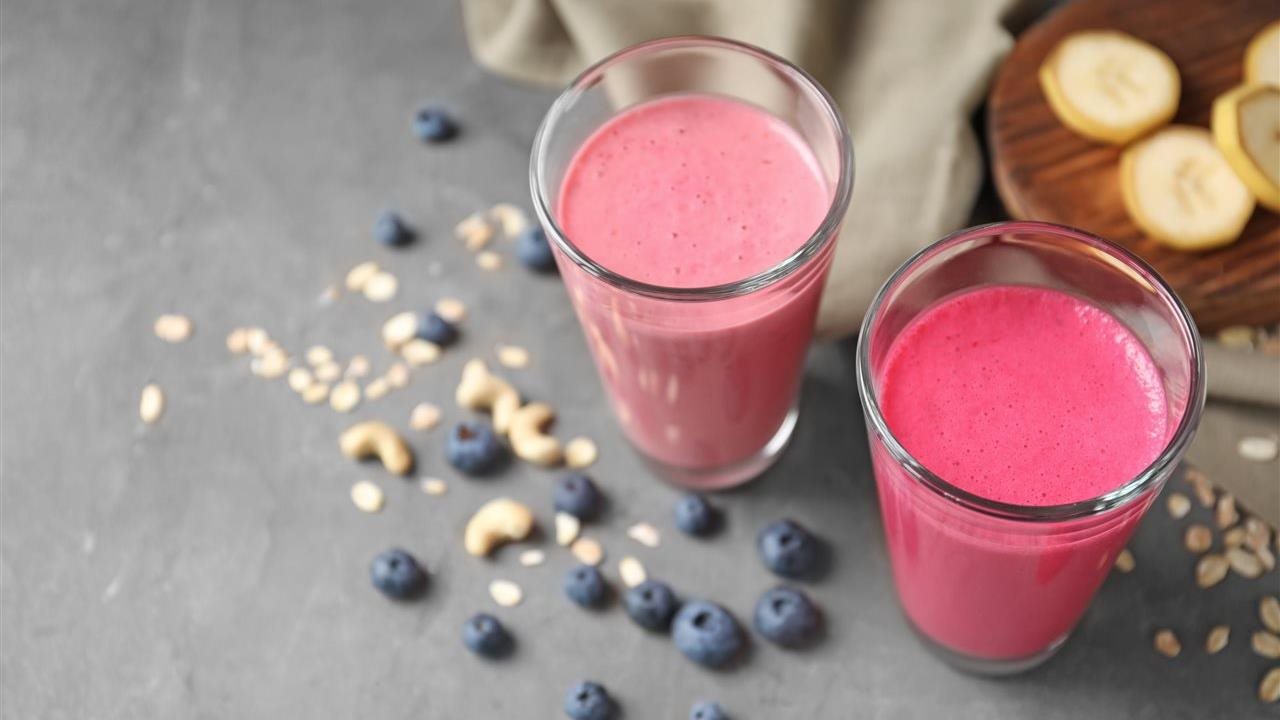
(BPT) – Are you eating enough protein? If you feel hungry after a meal, are often fatigued or have brittle hair and nails, chances are you are protein deficient.
Why protein?
Protein is essential to maintaining your overall well-being. When you eat protein, your body breaks it down into amino acids and uses them to form your muscles, bones, skin, tissues and organs. Without enough protein, your body will be forced to break down your muscles for amino acids to continue functioning.
According to the U.S. Food and Drug Administration (FDA), the recommended daily protein intake is 50 grams. However, this amount is merely a guideline.
“How much protein you need depends on a few factors,” said Michelle Ricker, registered dietitian, nutritionist and director of Worldwide Health Education and Training at Herbalife. “Your age, body size, gender and activity level are just a few aspects that determine how much protein you should eat every day.”
In honor of National Protein Day, take stock of your eating habits and see how you can make sure you get enough of this critical nutrient. If you think you’re not eating enough, check out these three expert tips that will put you on the right track to a protein-packed diet.
1. Choose a variety of protein sources
When you think of eating protein, you probably picture a plate filled with beef, chicken or fish. But protein comes from many sources. Also, eating various protein-rich foods doesn’t just keep you from getting bored with your meal plan. It also ensures you get all the minerals and other nutrients your body needs to function at its best.
The next time you’re at the store, make sure to pick up Greek yogurt, cottage cheese, milk and eggs. These are all great sources of protein that you can easily use to make breakfast or as snacks between meals.
2. Play around with plant-based protein
Animal products aren’t the only way to get protein. You can also power up with protein by eating plant-based meals.
“For many people, a large portion of protein intake comes from meat and dairy,” said Ricker. “But there are many plant-based foods you should eat, even if you’re not vegetarian or vegan.”
Ricker recommends the following plant-based protein sources:
- Buckwheat
- Hummus plus pita
- Soy products (tofu, tempeh, edamame beans)
- Peanut butter
- Beans and rice
- Quinoa
- Hemp and chia seeds
- Spirulina
3. Keep easy protein on hand
When you’re constantly on the go, sitting down for a meal can be difficult. However, to keep you fueled all day, whether at work or school, you need to prioritize protein.
If you have a busy schedule, make sure to keep easy protein foods on hand. Protein snack packs with nuts, cheese or jerky can be helpful in a pinch.
A simple way to ensure you get a protein meal on the go is to add protein shakes to your routine. A product like Herbalife®Formula 1 Healthy Meal Nutritional Shake Mix is a delicious and easy way to treat your body to a nutritious and balanced meal in no time!
Available in a variety of flavors, this shake mix, when prepared according to label, provides 25 grams of protein in just one serving to help satisfy hunger, build muscle tissue, maintain lean muscle mass and give you energy. For vegan, vegetarian and flexitarian folks, you can opt for Herbalife’s V Plant-Based Protein Shake for 20 grams of plant-based protein. To learn more, visit Herbalife.com or to connect with an Herbalife independent distributor, call 866-866-4744.
Are you ready to power up with protein? Use these three tips to get started on a more protein-fueled meal plan so you can feel and do your best every day.
